10 Must-Read Learning and Development Books for Professionals in 2025
November 27, 2024
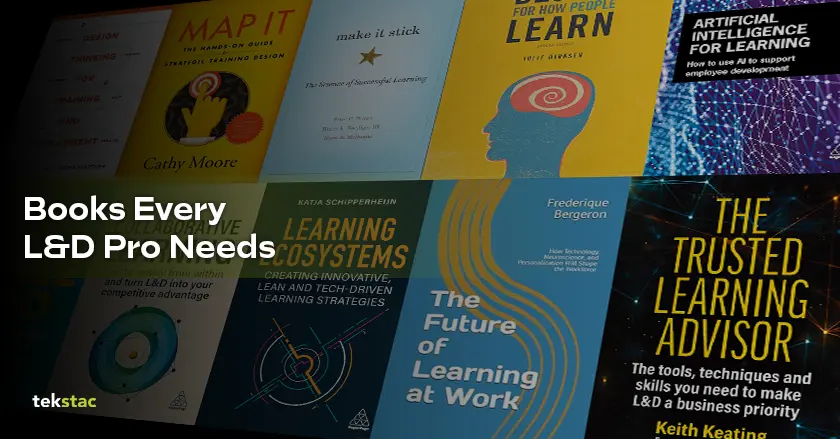
Reading the right books can shift your perspective, deepen your expertise, and give you practical tools to solve everyday workplace challenges.
Whether you’re leading an L&D team, managing corporate training, or working as an HR partner, staying current is non-negotiable. And one of the easiest, most effective ways to do that is to learn from authors who’ve already done the hard thinking.
10 Best Learning and Development Books to Read Professionals in 2025
- Agile L&D – Natal Dank
- The Trusted Learning Advisor – Keith Keating (Contributor: Nigel Paine)
- Learning Ecosystems: Creating Innovative, Lean and Tech-Driven Learning Strategies – Katja Schipperheijn
- The Future of Learning at Work – Frédérique Bergeron
- Collaborative Learning – Nick Hernandez (Contributor: Josh Bersin)
- Artificial Intelligence for Learning – How to use AI to Support Employee Development – Donald Clark
- Design for How People Learn – Julie Dirksen
- Make It Stick: The Science of Successful Learning – Peter C. Brown, Henry L. Roediger III, Mark A. McDaniel
- Map It: The Hands-on Guide to Strategic Learning Design – Cathy Moore
- Design Thinking for Training and Development – Sharon Boller, Laura Fletcher
This curated list of professional development books for 2025 features some of the most relevant, action-oriented titles for anyone working in corporate learning. These learning and development books go beyond theory. They offer frameworks, toolkits, and proven strategies you can apply directly to your work.
1. Agile L&D
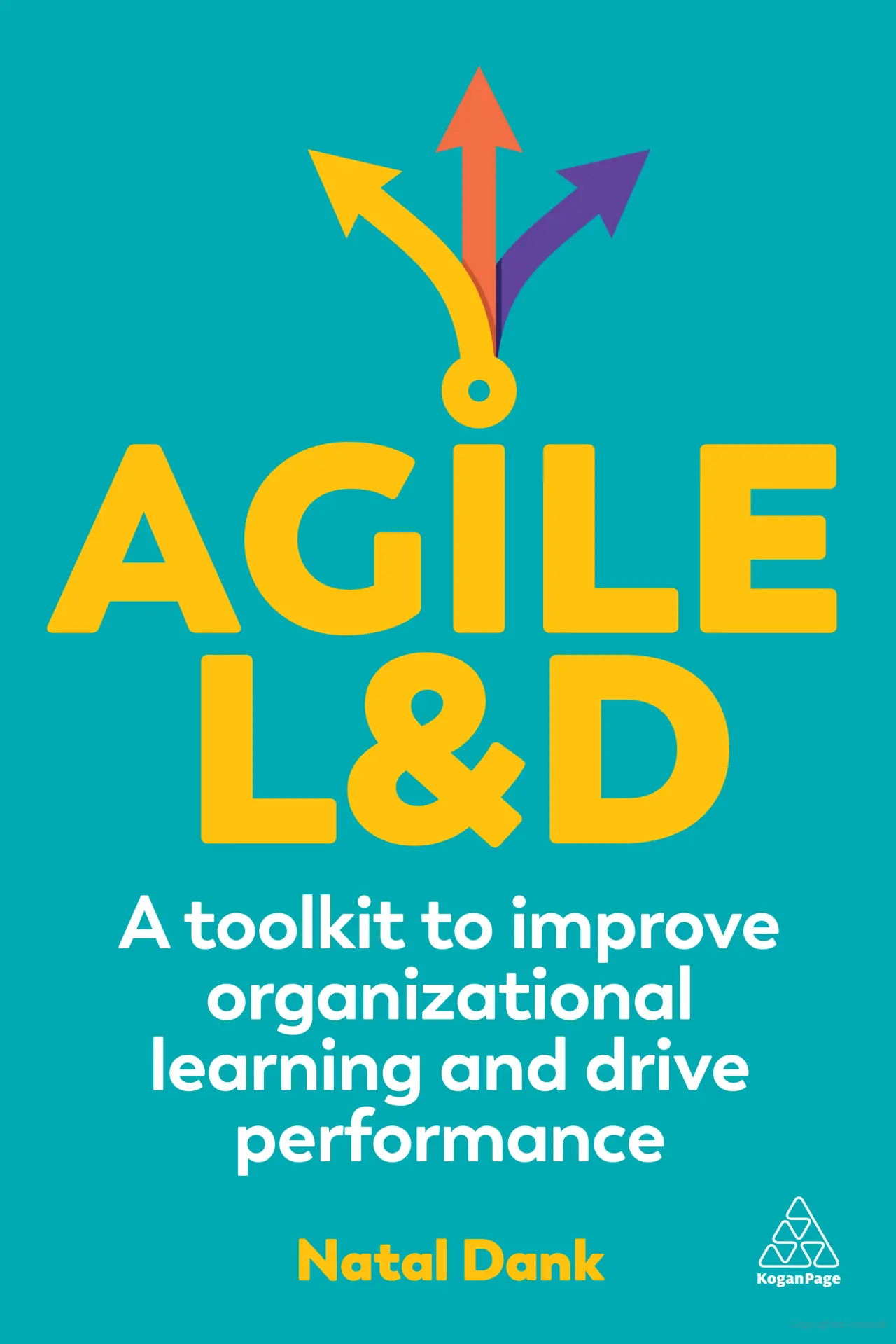
- Author: Natal Dank
- Pages: 248
- Published: 2024
As learning teams deal with constant change, traditional models no longer hold up. This book introduces a modern approach, Agile L&D. It guides you through building adaptable, outcome-focused learning systems that evolve alongside business needs.
The author outlines five foundational design principles: product-led solutions, human-centered design, T-shaped team structures, experimentation, and delivering with impact. Each chapter includes tools and use cases for bringing agility into learning strategies, from onboarding to leadership development.
This book is essential reading for L&D professionals looking to redesign their workflows for speed, relevance, and learner engagement in dynamic organizations.
2. The Trusted Learning Advisor
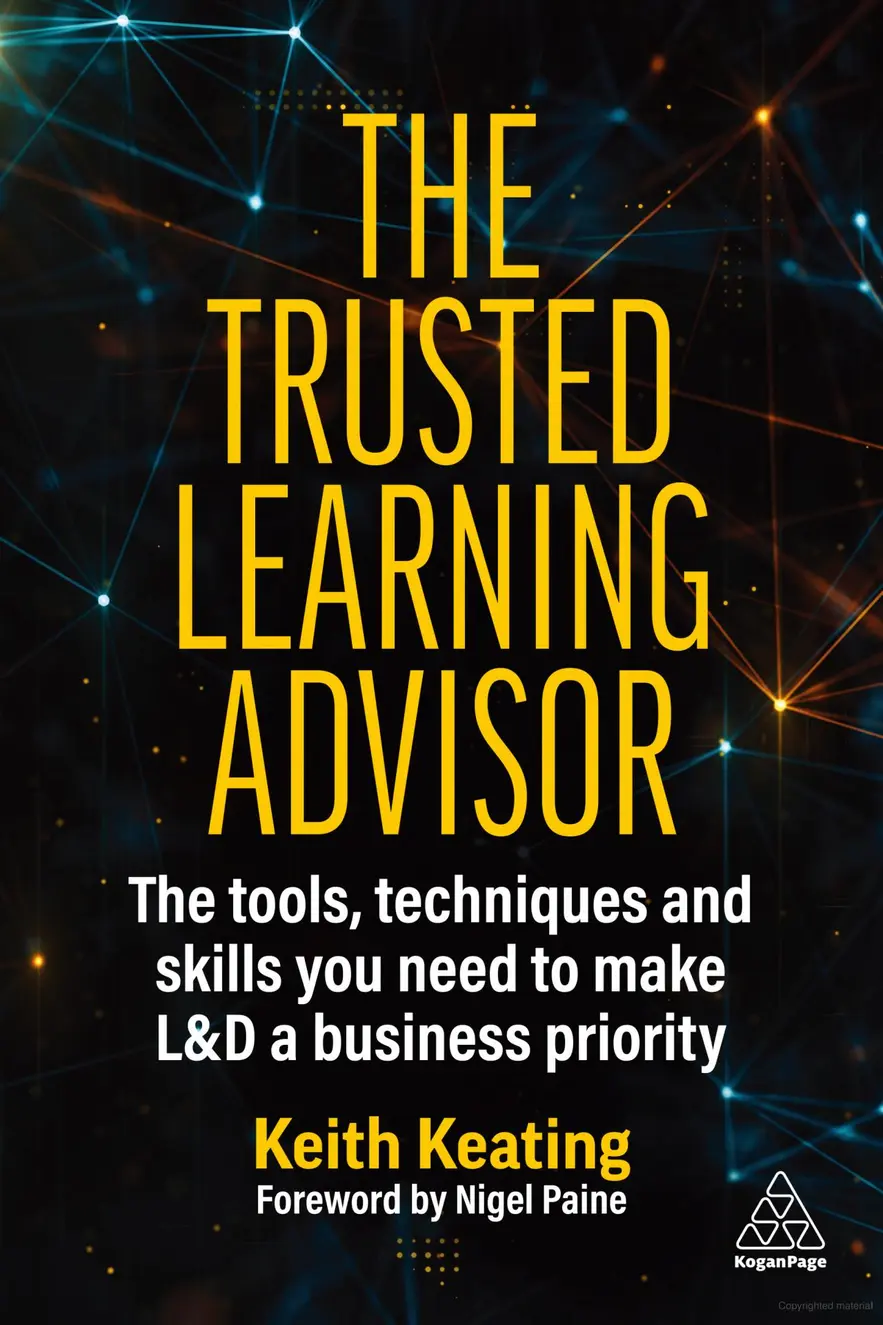
- Author: Keith Keating (Contributor: Nigel Paine)
- Pages: 280
- Published: 2023
If you want L&D to be taken seriously as a business function, you need to stop being seen as a support team and start acting like a strategic partner. This book shows you how.
Keith Keating lays out a practical roadmap for L&D professionals to gain influence across departments and the C-suite. Through frameworks, real examples, and tips, the book teaches you how to align learning with strategic goals, communicate business value, and adopt a proactive approach to solving organizational problems.
It’s packed with tools to help you lead conversations about ROI, performance impact, and business alignment skills critical for every modern L&D leader.
3. Learning Ecosystems: Creating Innovative, Lean and Tech-Driven Learning Strategies
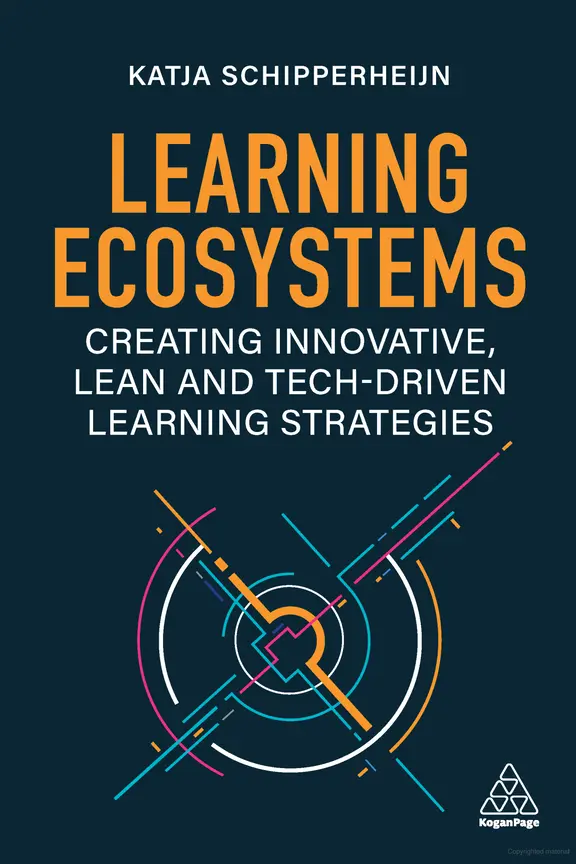
- Author: Katja Schipperheijn
- Pages: 288
- Published: 2022
Today’s organizations need to be resilient, agile, and always learning. That’s what this book is all about creating “LearnScapes” that connect social learning, digital platforms, and employee-driven content into a living ecosystem.
Katja Schipperheijn explains how to upskill and reskill continuously by integrating learning into everyday work. The book dives into how you can build a learning architecture that adapts over time, supports cross-functional knowledge sharing, and uses technology to amplify learning outcomes.
For anyone responsible for driving long-term transformation through training and development, this book provides strategic thinking with hands-on execution.
4. The Future of Learning at Work
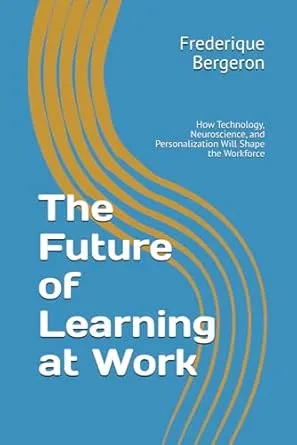
- Author: Frédérique Bergeron
- Pages: 74
- Published: 2024
Though short, this book delivers a forward-thinking perspective on how AI, neuroscience, and personalization are changing how people learn at work. It includes insights on adaptive learning platforms, microlearning systems, and the role of brain science in training effectiveness.
Backed by case studies from companies like AT&T, Unilever, and Walmart, it explores the shift toward learner-driven experiences. Bergeron offers actionable ideas for how L&D leaders can meet rising employee expectations and make learning a competitive advantage in fast-moving markets.
If you’re interested in the future of L&D books and how emerging technologies are shaping corporate learning, this one’s worth your time.
5. Collaborative Learning
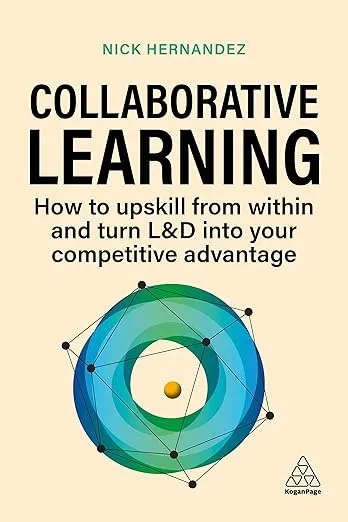
- Author: Nick Hernandez (Contributor: Josh Bersin)
- Pages: 240
- Published: 2023
This book explores how collaborative learning can unlock internal knowledge and accelerate skills development across organizations. It shows how peer learning, mentorship, and team-based development create more engaged learners and better business results.
With examples from companies like Slack, Alpha Sights, and Mitsubishi Electric, it covers the mechanics of designing and scaling collaborative learning systems. The book also outlines how to avoid common pitfalls like engagement fatigue and siloed knowledge.
If you’re building a people-first culture, this training and development book can help you embed learning into the day-to-day operations of your teams.
6. Artificial Intelligence for Learning: How to Use AI to Support Employee Development
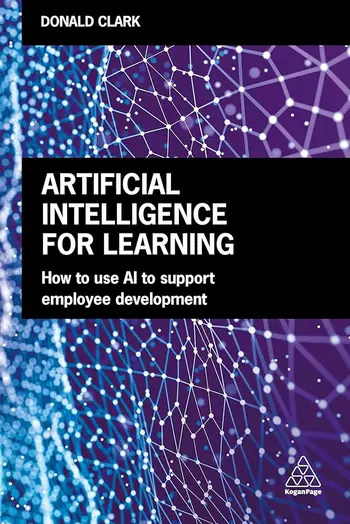
- Author: Donald Clark
- Pages: 320
- Published: 2020
AI is already changing the way we learn at work. Donald Clark’s book shows you how to use AI to personalize content, drive engagement, and scale support through tools like chatbots and smart analytics.
He addresses common myths and concerns about AI while also providing use cases from companies like Netflix, British Airways, and the NHS. Topics include AI-based assessments, automated feedback, and intelligent systems that make learning more adaptive.
This is one of the more technical but accessible L&D books for professionals exploring data-driven approaches to training.
7. Design for How People Learn
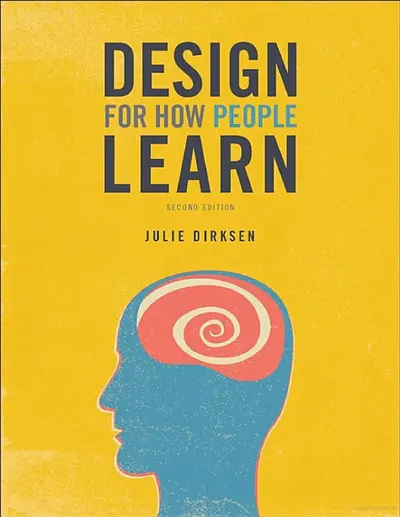
- Author: Julie Dirksen
- Pages: 259
- Published: 2012
Julie Dirksen’s book remains a favorite among instructional designers and trainers. It takes the science of how people learn motivation, memory, experience and turns it into a practical guide for creating better learning environments.
The book is divided into three parts: understanding how learning works, applying it to design, and adapting to different learners. Each chapter includes real-world examples, models, and simple illustrations that make complex concepts easier to implement.
Whether you’re designing e-learning, workshops, or blended programs, this professional development book will help you create learning experiences that actually stick.
8. Make It Stick: The Science of Successful Learning
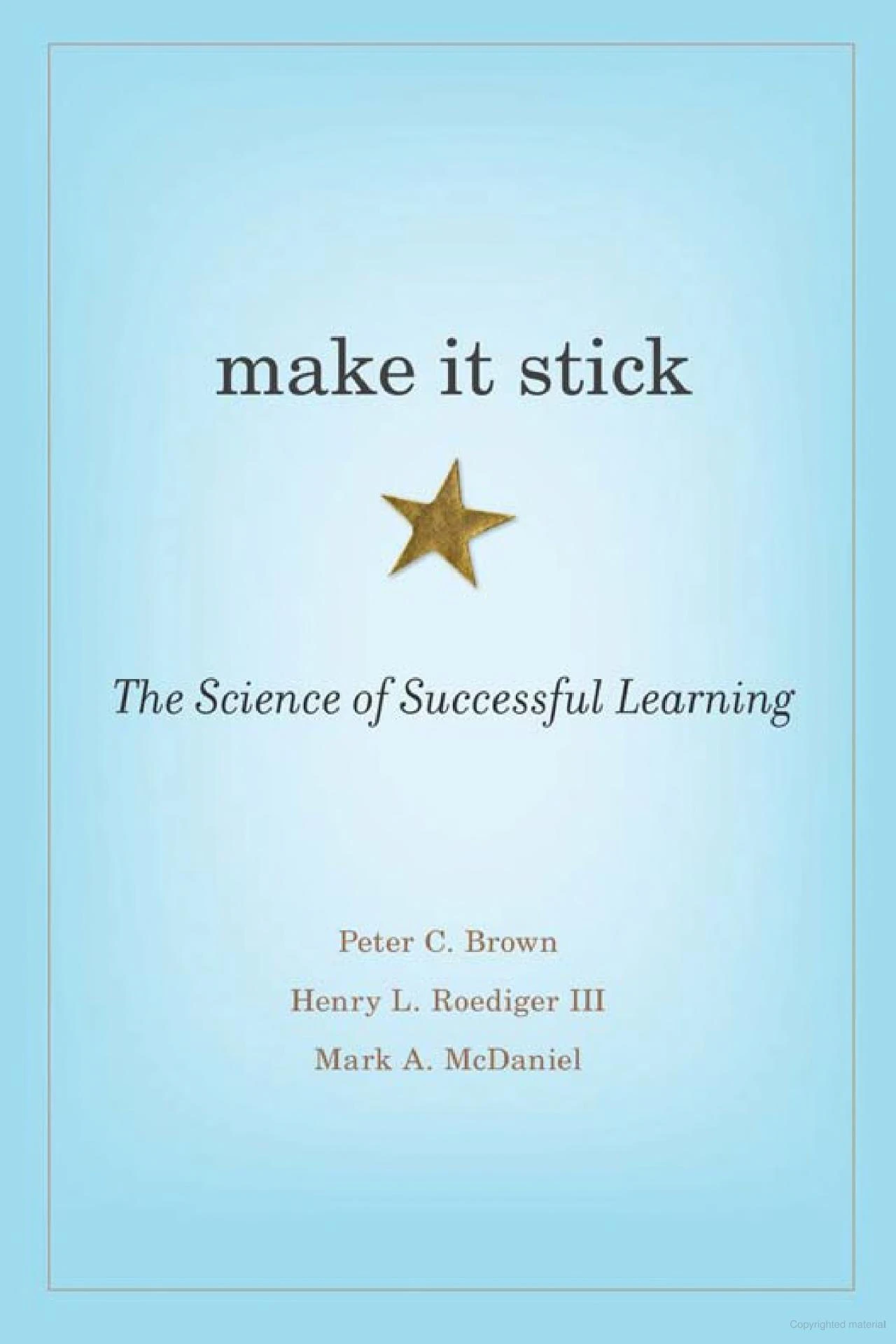
- Authors: Peter C. Brown, Henry L. Roediger III, Mark A. McDaniel
- Pages: 313
- Published: 2014
Forget cramming, highlighting, or rereading. This book explains why most of our go-to learning methods don’t work—and what actually does. Based on decades of cognitive science research, it introduces more effective strategies like spaced practice, retrieval, and interleaving.
The authors break down these methods into digestible sections, backed by classroom and workplace case studies. Whether you’re teaching, coaching, or learning something yourself, this book shows how to get long-term results.
It’s one of the most cited learning and development books for building evidence-based training programs.
9. Map It: The Hands-On Guide to Strategic Learning Design
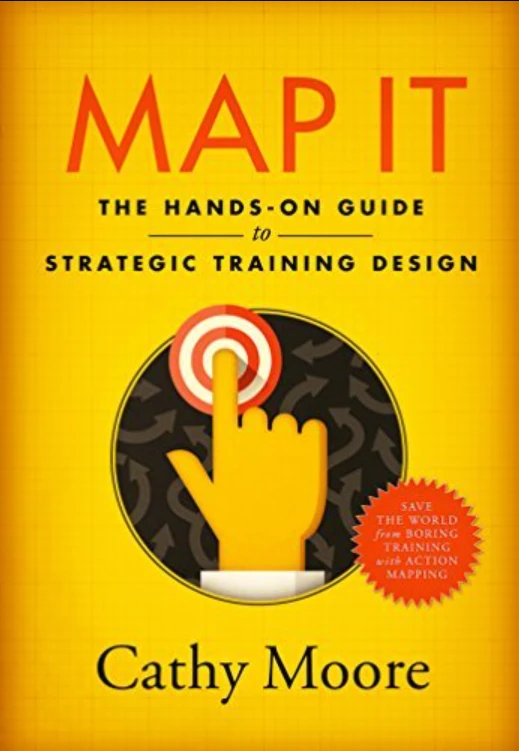
- Author: Cathy Moore
- Pages: 406
- Published: 2017
Cathy Moore’s “Map It” introduces action mapping a method for designing learning solutions that directly improve performance. Instead of defaulting to courses or content dumps, Moore teaches you to identify root causes and create activity-first programs that change behavior.
The book walks through every step: performance analysis, decision mapping, delivery methods, and outcome tracking. With templates, examples, and practical exercises, it’s especially helpful for internal L&D teams managing tight timelines and limited budgets.
An essential resource for anyone responsible for training design or learning architecture.
10. Design Thinking for Training and Development
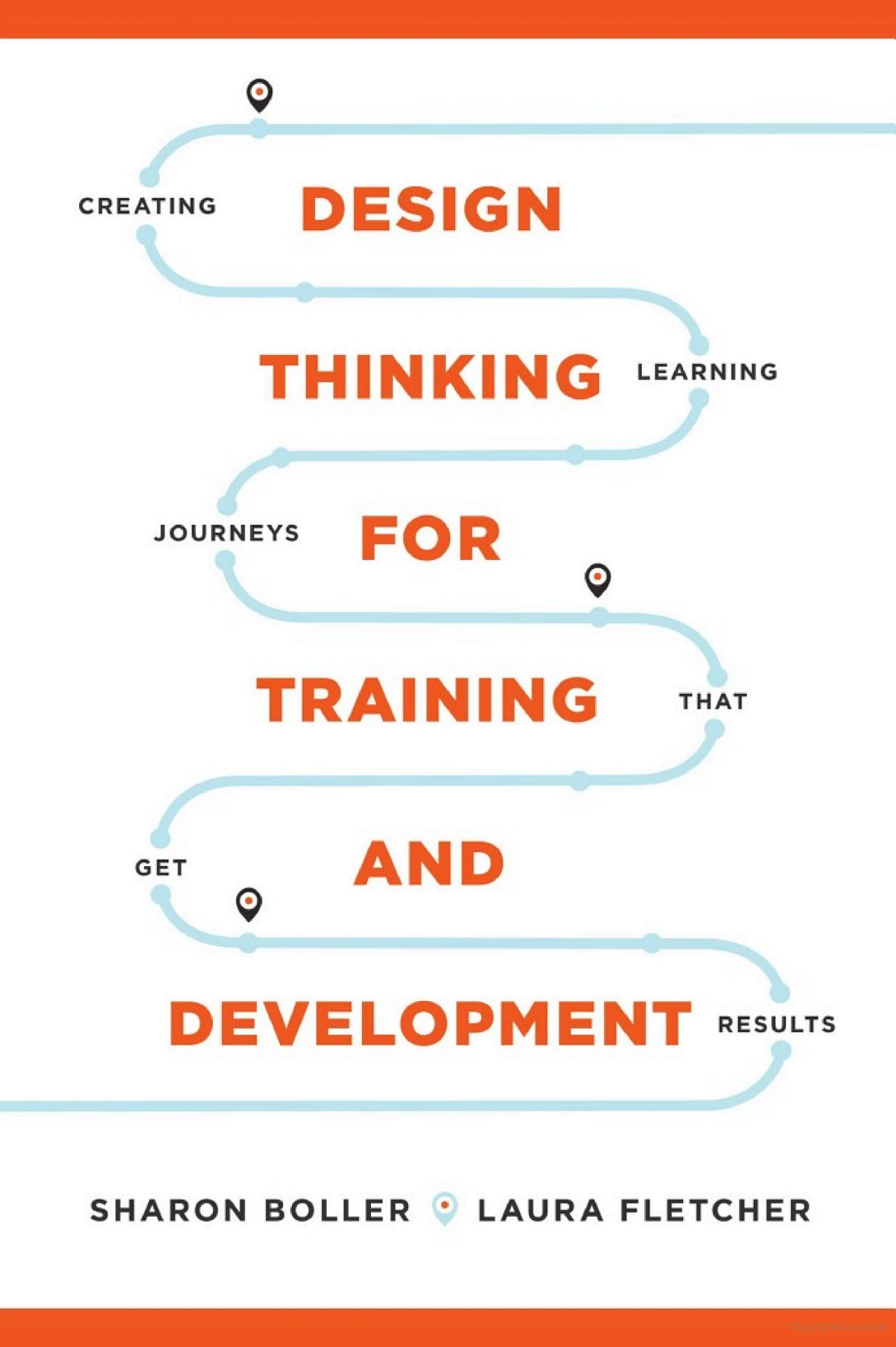
- Authors: Sharon Boller, Laura Fletcher
- Pages: 274
- Published: 2020
This book adapts design thinking principles for L&D professionals, emphasizing empathy, experimentation, and user-centered learning. You’ll learn how to map learner journeys, prototype solutions, and gather feedback to make iterative improvements.
The authors provide job aids, stakeholder management tips, and detailed case studies showing how design thinking leads to better learning experiences. It’s useful for both in-house and client-facing roles looking to increase the impact of training programs.
If you’re working on culture change, onboarding revamps, or learning product innovation, this book is a practical playbook.
Why These Learning and Development Books Matter
The right learning and development books don’t just teach you—they change the way you lead, influence, and deliver value. The titles in this list are more than just good reads. They’re tools for building smarter teams, better systems, and stronger outcomes.
Whether you’re building your first L&D strategy or rethinking how to make learning matter, these ten professional development books for 2025 will keep you on the front foot.
For more curated lists, how-tos, and strategy insights, keep following the Tekstac blog—your resource for the future of workplace learning.





